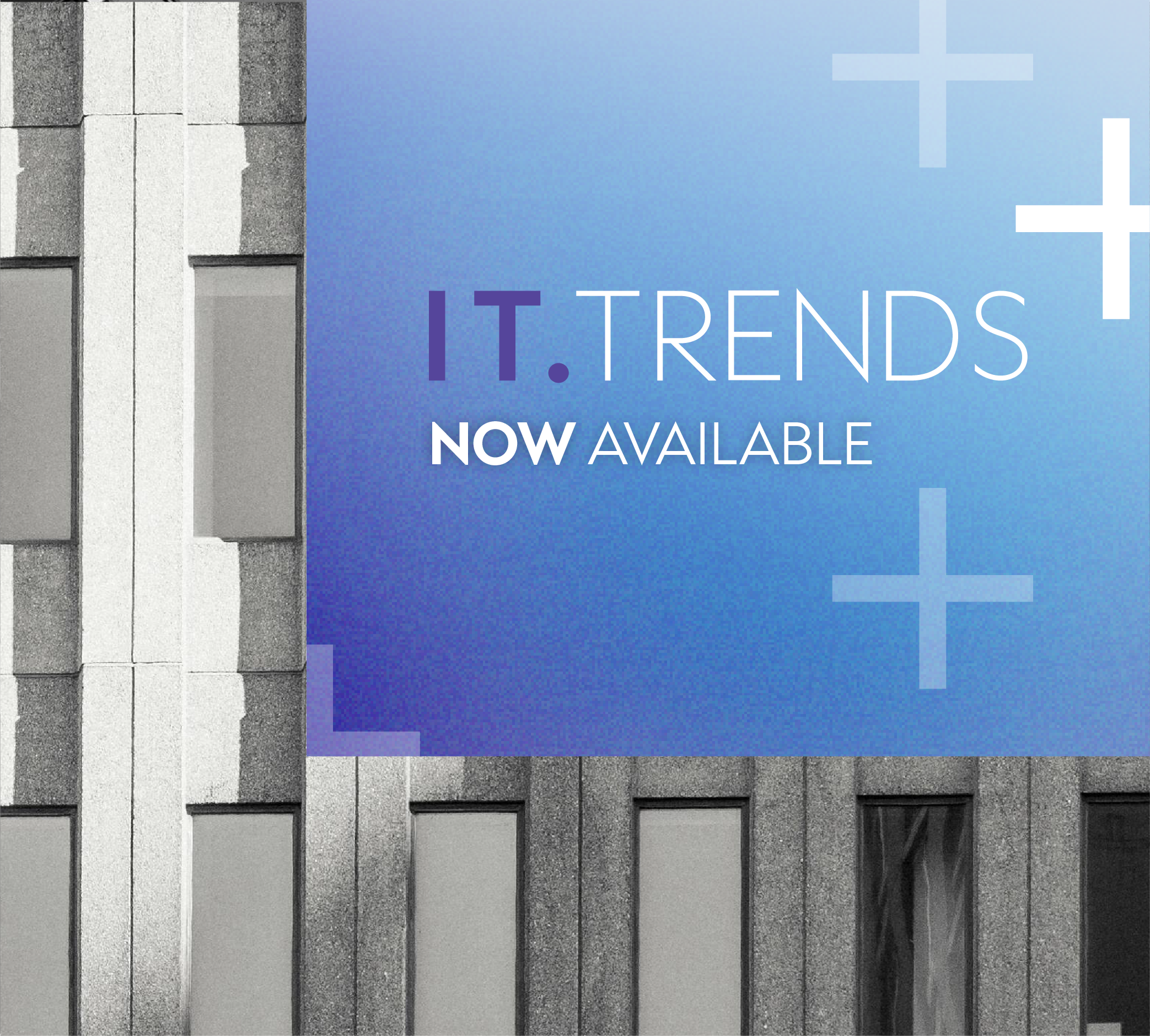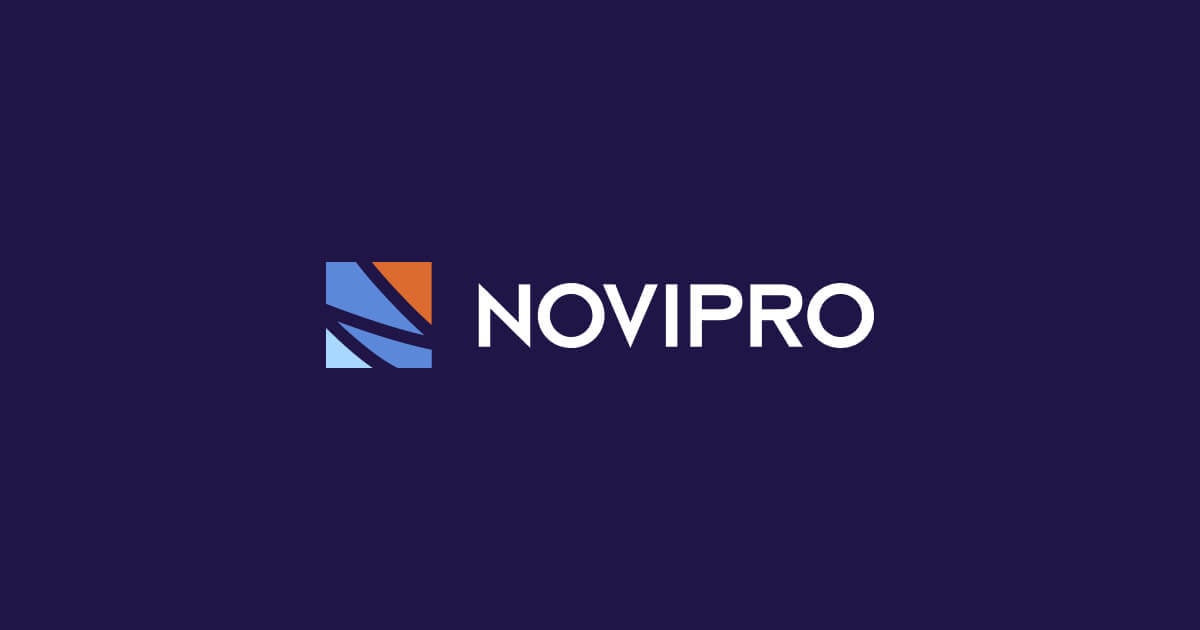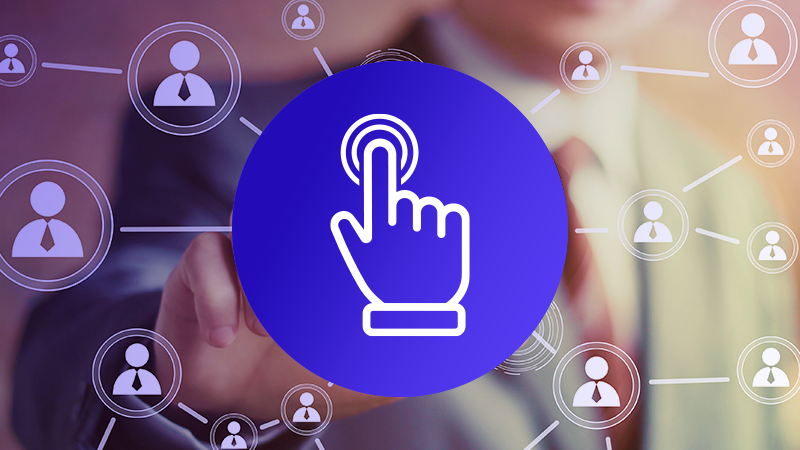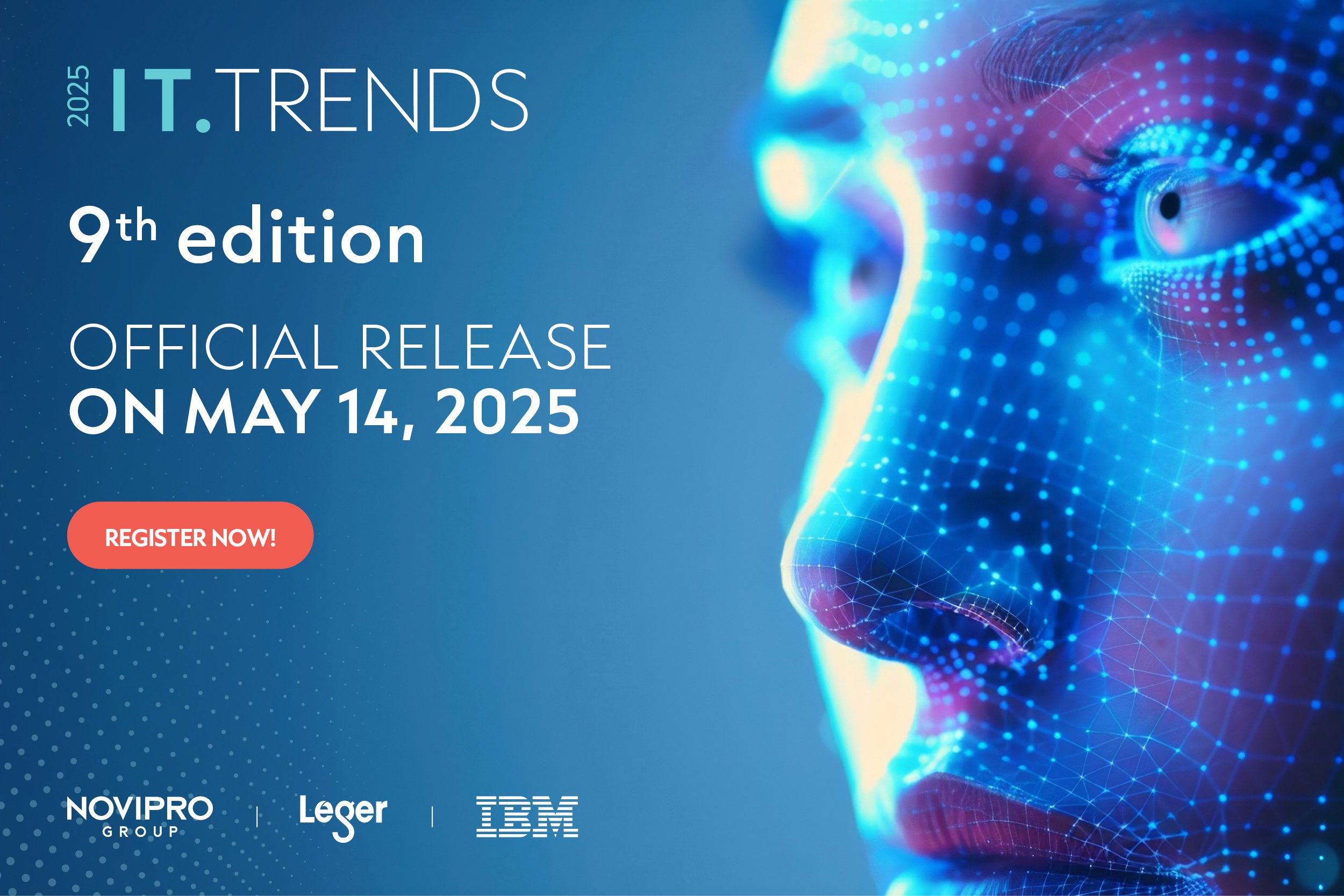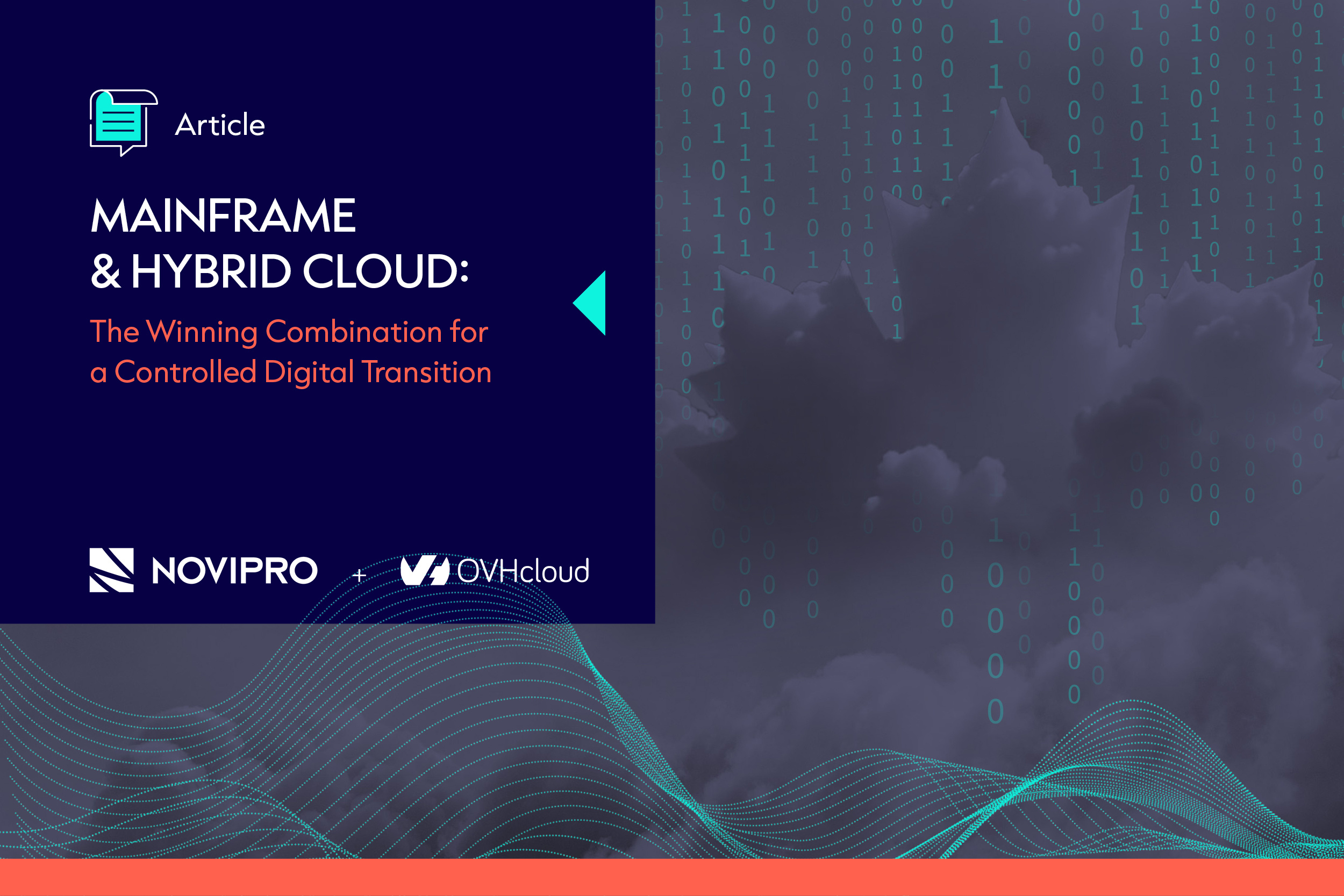When it comes to internet-connected devices, smart phones and voice-activated speakers are just the tip of the iceberg. In the manufacturing and public utilities sectors, organizations use billions of sensors to record data flows, which they then leverage to optimize their operations. Here’s how Microsoft’s Azure IoT platform helps organizations capitalize on the power of IoT solutions.
The transition to IoT technology is well underway in the manufacturing sector. According to Fourkane Irki, a systems analyst at NOVIPRO, using internet-connected technologies can help companies get the most from their industrial equipment. “It provides a clearer picture of what’s going on in your factories,” he says. “The technology allows us to predict glitches, lower production costs and control equipment remotely. For example, if there’s a problem with a machine, we can shut it off and restart it, or update the firmware.” All of this is an undeniable advantage, especially for companies that have had to reduce their workforce due to the pandemic.
WHAT CAN AZURE DO FOR IoT ENTERPRISES?
In order for an IoT approach to be effective, you need a wide range of devices. Microsoft’s Azure IoT platform allows you to use devices made by different manufacturers and effectively manage the big data they produce. “Azure IoT facilitates sensor integration and remote control, while minimizing errors,” explains Irki. “Existing IT infrastructures aren’t always able to support such heavy workloads.”
Azure IoT is a set of cloud services, with billing that’s based on the amount of data processed. You can also opt for Azure IoT Edge, a local solution. “Azure IoT Edge was designed for companies that need to process data in real time, without latency, or whose governance rules don’t allow for data storage in the cloud,” explains Patrick Caron, Director of Industry 4.0 and Analytics Solutions at NOVIPRO. If data is imported frequently (e.g., on a per second basis), Azure IoT Edge might be more cost-effective than hosting and analyzing data in the cloud.”
Deploying Azure IoT
From the perspective of a user company, deploying Azure IoT may or may not be labour-intensive, depending on the devices you want to connect. Businesses can choose from a long list of devices, most of them relatively recent, that offer assured compatibility thanks to pre-programmed logical connectors. For devices that aren’t initially compatible, you can develop custom connectors using a software development kit (SDK).
“Azure IoT solutions require little to no code, in many cases,” Irki explains. “But you still need to invest time and money into them. The question is how much of these resources you can save down the road.”
The Azure IoT ecosystem also includes Azure Defender for IoT, an integrated cybersecurity solution that provides comprehensive risk visibility. It aims to protect connected devices and their data from threats and intruders.
Custom dashboards for all your business needs
The benefits of IoT technologies extend far beyond the manufacturing sector. Azure IoT Central is a product that lets you develop custom dashboards to manage connected objects in any context. There are templates for key fields like healthcare, power plants, utilities and retail.
More specifically, you’ll find templates for things like inventory management, in-store transactions, smart electricity meters, water quality and consumption tracking, post-hospitalization patient care, etc.
As it stands, these templates are fairly rigid, so if an organization has specific needs, they’ll need a custom dashboard developed using Azure IoT Central tools. “We expect to see more flexibility over time,” says Caron. “After all, the goal is to help people find the data they need.”
Add Azure IoT to your decision-making process
Business leaders need to understand what Azure IoT can—and can’t—do for them. “It doesn’t offer self-service analytics products. If you want an effective interpretation of your data sets, you need to call on data scientists and Azure’s artificial intelligence and analytics products,” says Irki.
Then you can leverage machine learning to support decision making. “Analytics allow us to investigate past events,” explains Caron. “If the dashboard shows that production-line downtime was down 20% this week compared to last week, you need to find out why. Once you’ve identified the cause and influencing factors, you can use predictive analytics to predict future anomalies. This in turn can help you improve operations and make more informed decisions.”
IoT technology is simply the natural next step in well-established control processes. “Industrial companies have been generating data for over 40 years,” concludes Caron. “But what was missing were data collection and analytics capabilities to enable us to gain insights from this data.”
That technology has now reached maturity.
